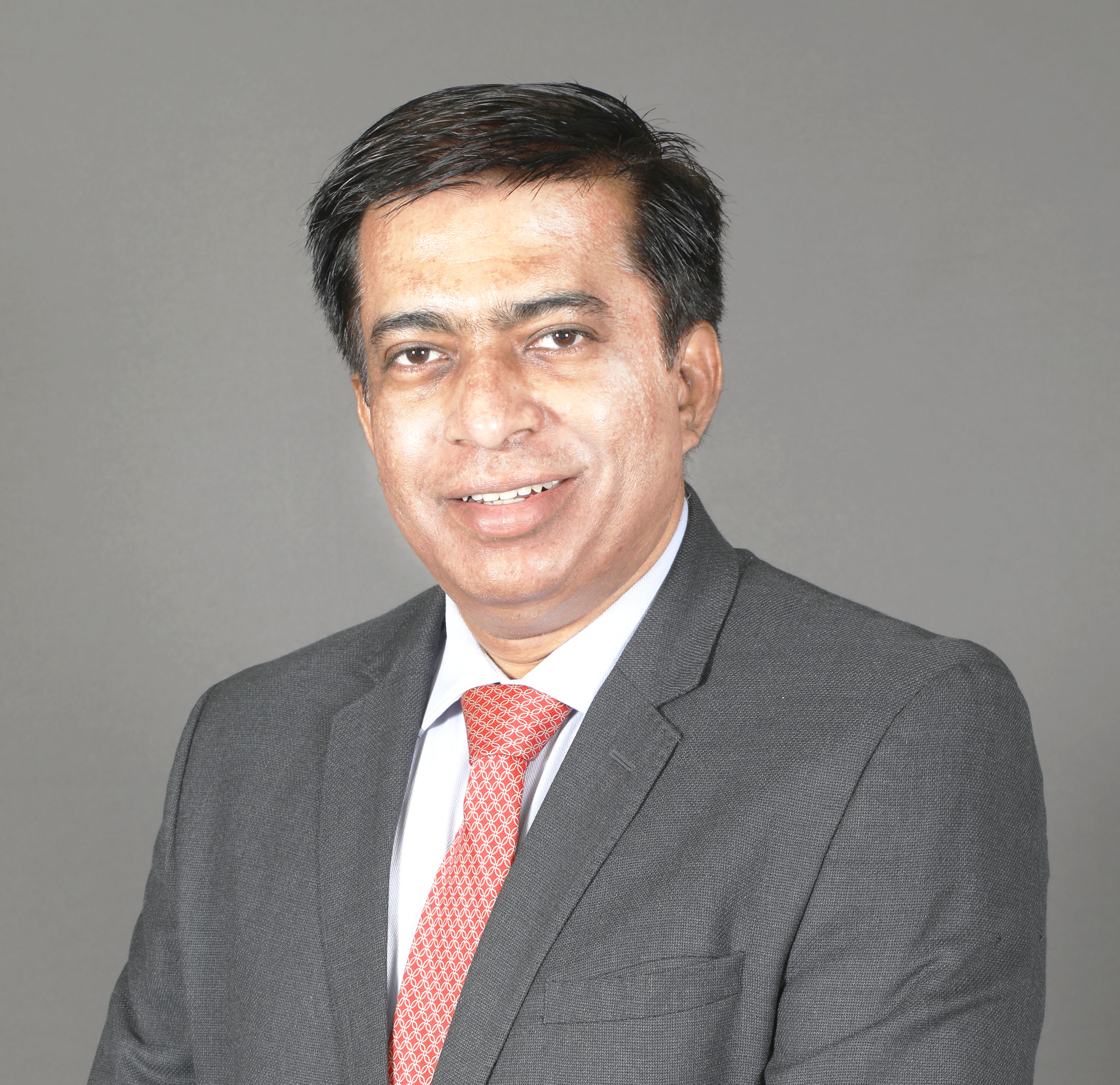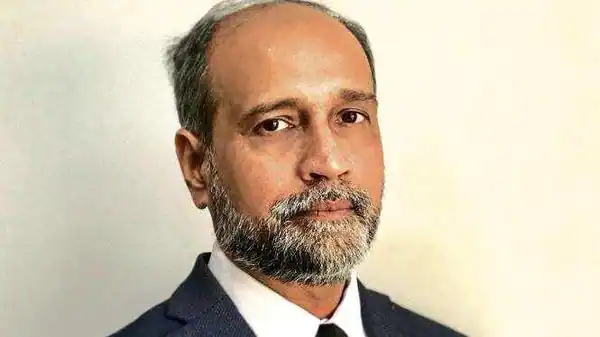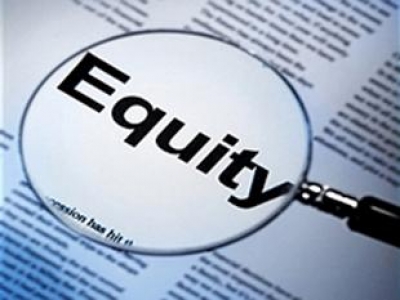Listen to this article
While markets remained volatile for quite some time now, it hovered around a particular range.
On the positive side, there are expectations of further growth in corporate earnings and a long-term optimism with regards to the Indian economy, while rising inflation, ongoing geo-political issues and hike in interest rates are the major concerns.
Will this trend continue or the markets will take a definite turn next month? What should you recommend to your clients?
Here’s what fund managers have to say.
What to expect
Rajat Chandak, Senior Fund Manager, ICICI Prudential MF

We have a cautious stance on markets as valuations are still rich and rising inflation and interest rates could impact profitability of companies and growth of the economy. The ongoing geopolitical issues is likely to keep the market volatile in the near term.
However, the long-term outlook for Indian equities remains positive owing to various reforms. Also, unlike the US, India's corporate profit to GDP remains low and hence in cycle terms, India is far from peak both in terms of corporate profits and valuations.
A cool-off in oil prices can improve market sentiments, while escalation in geopolitical issues and a continued rise in bond yields and interest rates can act as major negative triggers. On the valuations front, largecaps are better placed that smallcap and midcaps. Among mid and smallcaps, midcaps seem to be more expensive.
Trideep Bhattacharya, CIO-Equities, Edelweiss MF

Expect markets to remain volatile in the near-term due to double-paced earnings season, liquidity events like LIC IPO and nervousness around the global interest rate scenario.
There are three major triggers that can define the market movement in months to come:
1. Ease in inflation
2. Interest rate movement
3. Revival in capex cycle
In coming months, stock movement will be driven by share or industry specific events like earnings upgrades or downgrades instead of valuations. This is because a broad-based rally over the last 12-18 months has narrowed the valuation differential that existed between large, mid and smallcaps
Tushar Pradhan, Chief Investment Officer, HSBC Asset Management India

Investors should expect near-term volatility, given that there are several factors at work. On one side, there is significant growth projections for the current year while on the other side, there are geopolitical events and uncertainty regarding inflation and interest rates.
Any change in the behaviour of foreign portfolio investors, who have been continuously withdrawing money from the Indian market, could be a major trigger. Moreover, if cost pressure continues, there will be earnings downgrades and markets could get negatively impacted.
At this time, we do not see any significant opportunities across market capitalization. Most stocks, irrespective of the market capitalisation size, appear to be trading at fair value.
Commentary on sectors
Rajat Chandak
We are bullish on large banks, infrastructure, autos, telecom and retail
Tushar Pradhan
We are positive on financials, real estate & construction materials and IT services. We also have a positive bias toward chemical and specialty chemical companies. We remain underweight in utilities, materials and energy.
What to recommend
Rajat Chandak
Flexicap fund is a good option as it has the flexibility to invest across market caps. Balanced advantage funds can also be looked at.
Trideep Bhattacharya
Large and midcap funds and flexicap schemes are best suited for medium to long term investors. For investors with higher risk appetite and outlook of next 5-10 years, midcap funds make sense.
Tushar Pradhan
Investors should do a prudent allocation across market caps based on their risk appetite and financial objectives.







